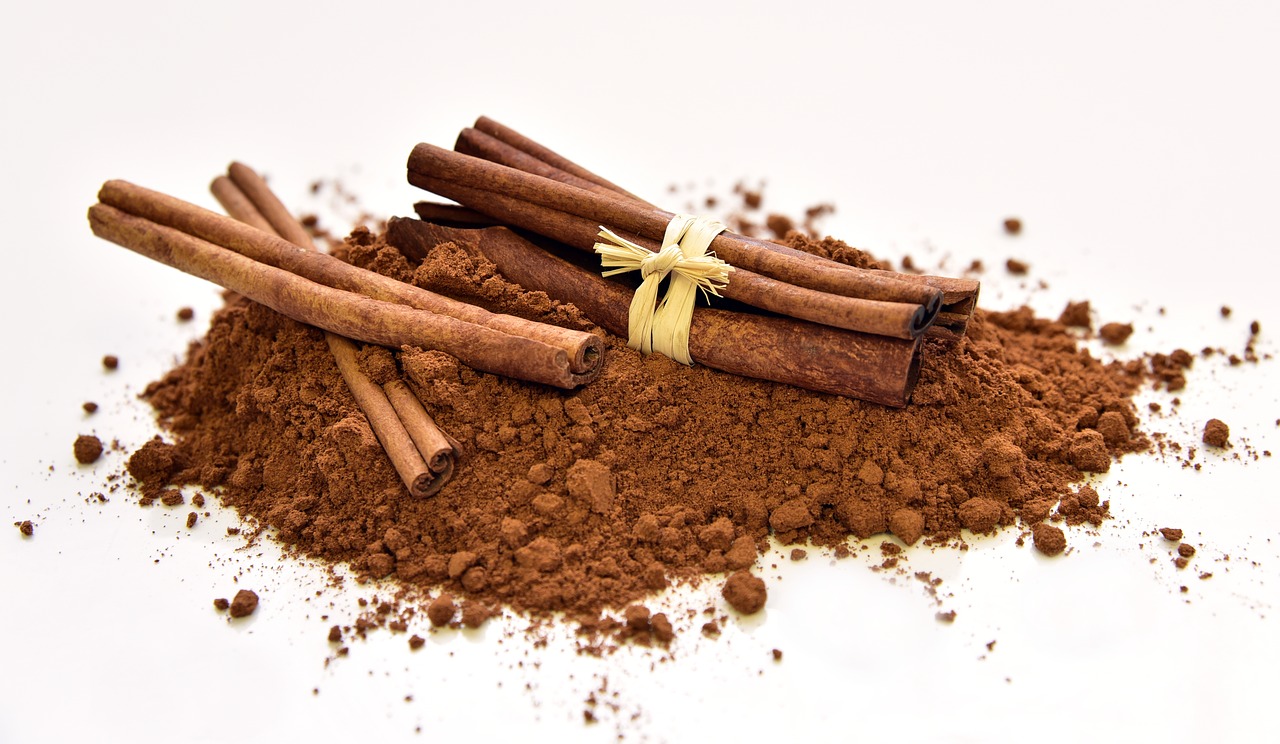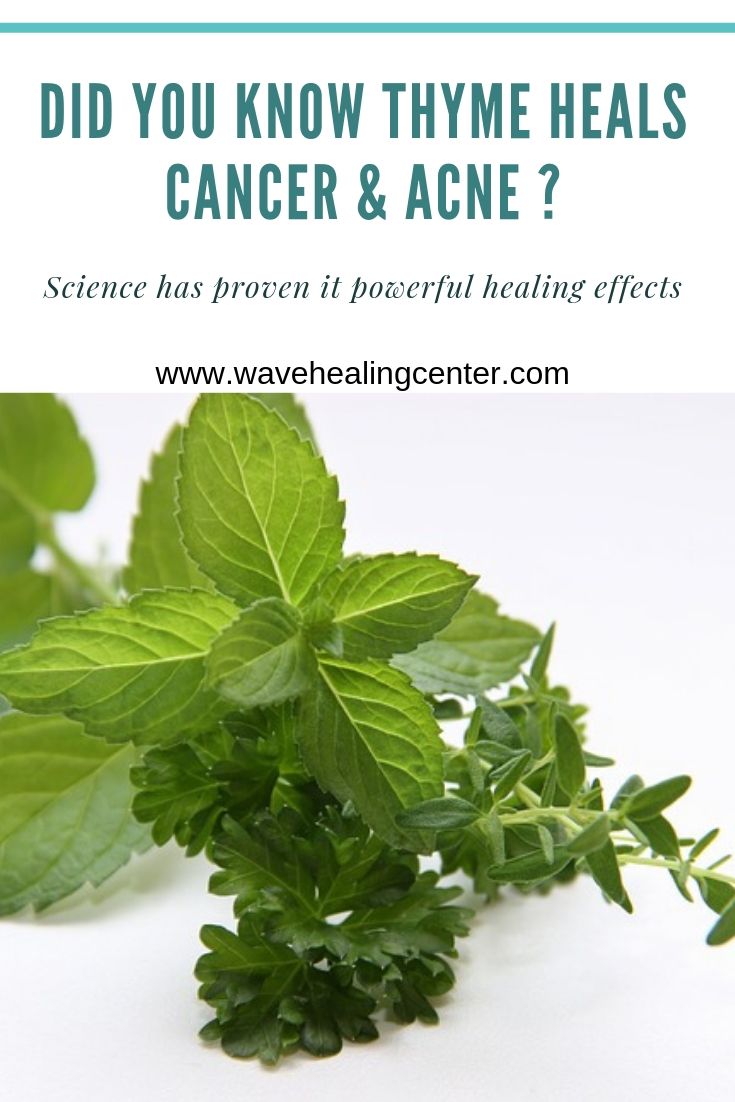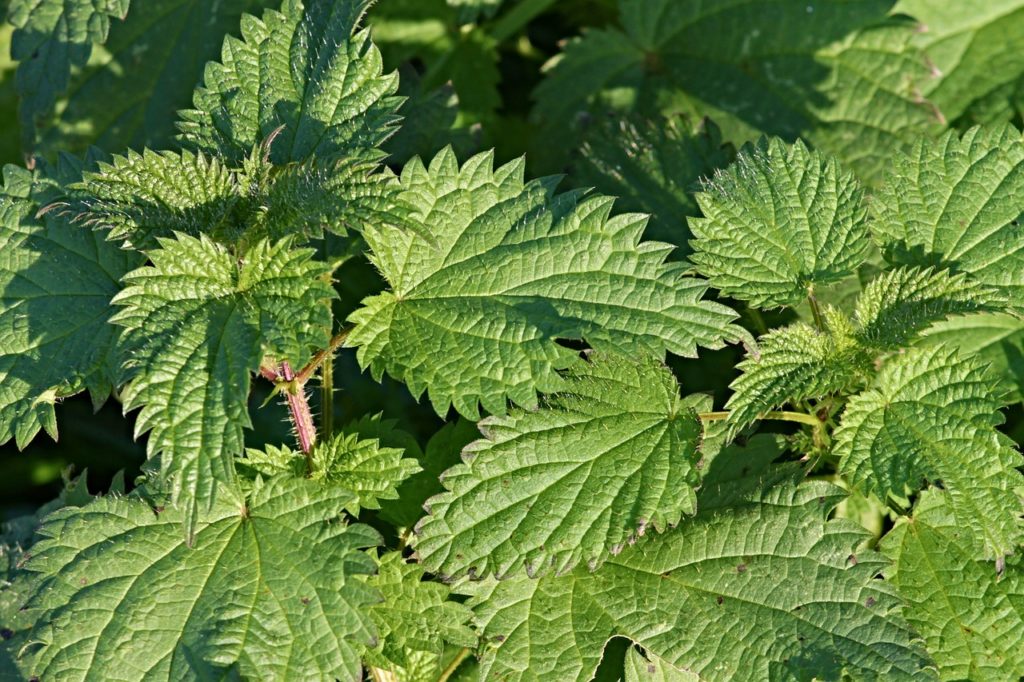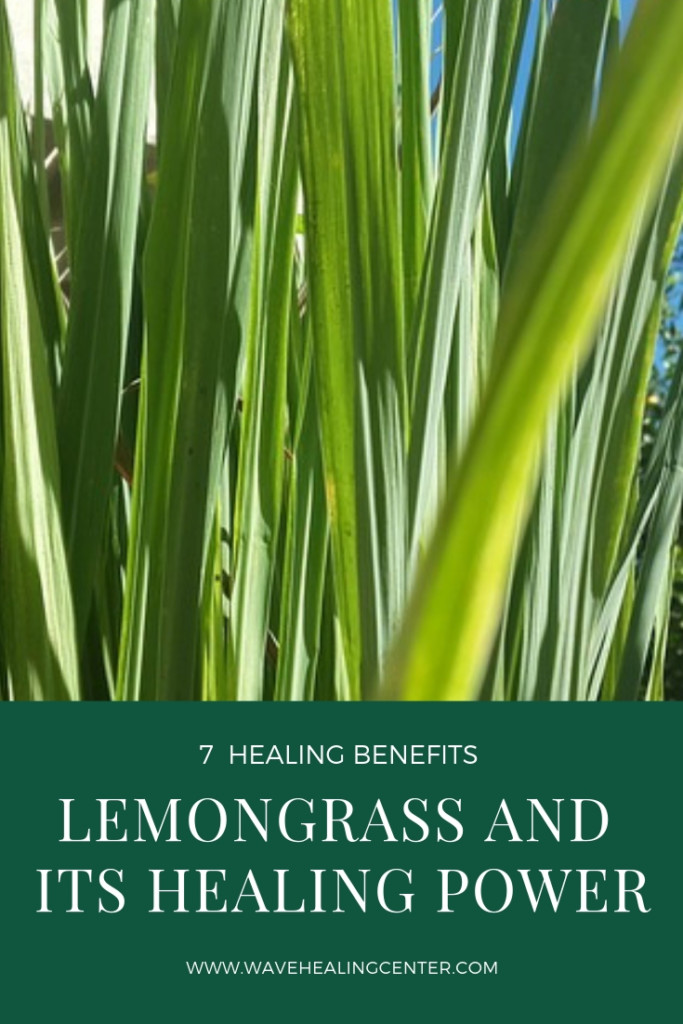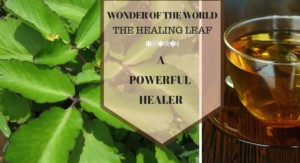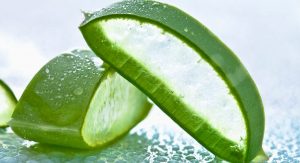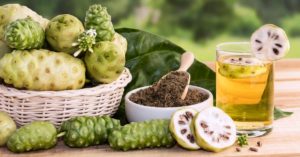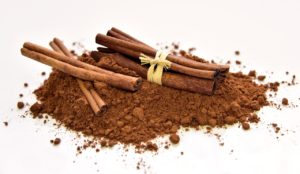How many of us from the Caribbean remember as children putting a ‘Wonder of The World/Leaf of Life’ leaf in our school book and watching over time as it sprouts roots? It is a plant of wonder to many of us, but we are mostly unaware of its excellent curative powers of the plant.
Wonder Of The World – The Miracle Plant
The ‘Wonder of The World’ (Kalanchoe pinnata) plant, also known as Miracle Leaf, Leaf of Life, Life Plant, Goethe Plant, Mexican Love Plant, Resurrection, Soanzo Leaf is much celebrated for its curing capabilities. This miracle plant is native to Madagascar. It has also become naturalized in Asia, the Pacific, and all over the Caribbean.
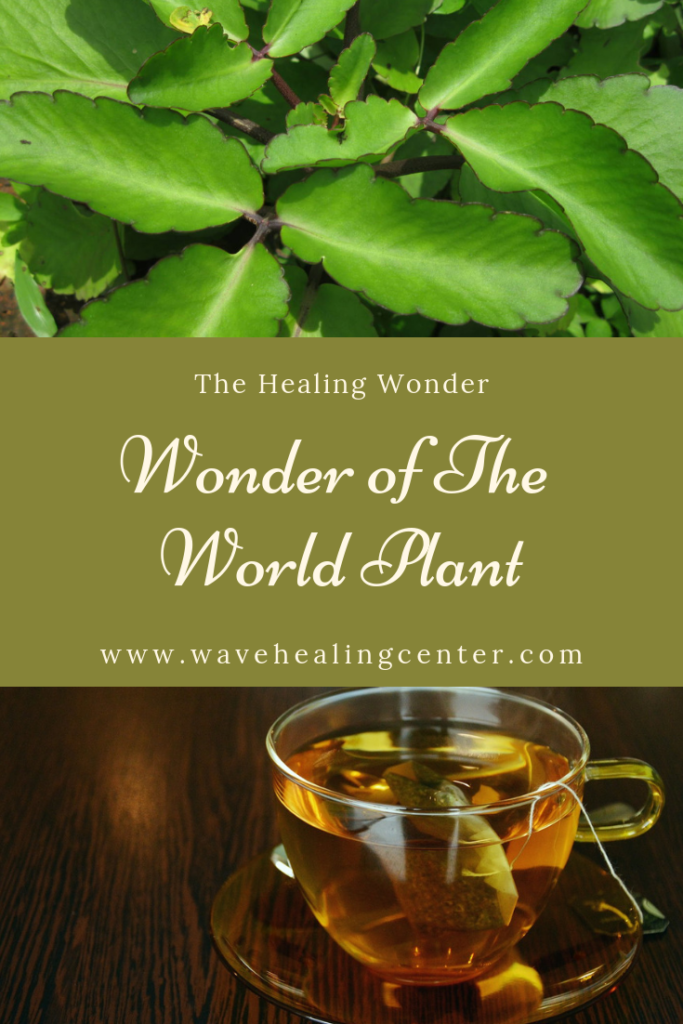
A recent study has revealed that the amazing Leaf of Life plant is a rich source of T-Cell suppressive flavonoids. What this means is that it has cancer-fighting properties.
Some Of The Other Constituents Of The Leaf Of Life Plant Are…
- Bryophillin A (anti-tumor)
- C- anticarcinogenic this means that it inhibits or prevents the activity of a carcinogen or the development of cancer
- Beta carotene. Beta carotene is converted by the body into vitamin A (retinol). We need vitamin A for healthy skin and mucous membranes and the immune system. Beta carotene is also important in promoting eye health and vision.
Internal Uses Of The Leaf of Life Plant Are…
-
Cancer.
-
Depression
-
Headaches.
-
Diabetes
“Diabetes is a major risk for cardiovascular diseases such as stroke, and heart attack which affects the majority of the global population. Goyal et al., (2013) reported that the ethanolic extract of K. pinnata decreased the blood glucose level of rats affected by diabetes. Thus, decreasing the serum glucose level and increasing glucose tolerance. The plant extract also increased the pancreatic secretion of insulin… after 24-hour continuous observation, the glucose levels subsided to normal baseline levels indicating the antidiabetic potential of the plant” [A]
-
Sinuses and other respiratory illnesses.
-
Blood Cloths
“A study was carried out by Sharker et al., (2012). Certain bioactive compounds present in the plant can even dissolve blood clots in the blood vessels. These thrombolytic agents are useful in treating myocardial infarction, thrombo-embolic strokes, deep-vein thrombosis, and pulmonary embolism to clear a blocked artery and avoid permanent damage to the perfused tissues.” [A]
-
Colds and flues.
-
The root of this plant is believed to protect the liver and proved useful for the treatment of hepatitis.
-
It is used as a remedy for piles (Hemorrhoids).
-
The fresh juice can be used to treat jaundice.
-
It is the natural treatment for kidney and gallbladder stones.
“Fresh juice extracted from the leaves of K. pinnata was administered to patients having stones in
their body based on medical prophylaxis. Regular intake of the juice effectively dissolved the stones regardless of its position, nature, and previous treatments. There was an increase in the quantity of urine excreted, thus showing the diuretic nature of the juice” [A] -
Most significant of all, it is helpful in treating Hypertension (high blood pressure)
External Uses Of Wonder of The World
-
Arthritis
Externally it is used for among other things – arthritis. To do this, the leaf is heated and placed on the affected area.
-
Cataracts
In treating cataracts and styes (hordeolum). Begin by boiling some of the leaves in hot water. Let it cool and then squeeze the juice in the affected area.
-
Cuts/Bruises/External Ulcers
It is also used for cuts and bruises and external ulcers. For sore, tired feet soak in a solution made by setting the leaves in warm water. Apply twice a day, morning and night, or as often as needed.
How To Use The Plant Internally

The best way to use the Wonder of The World/Leaf of Life plant is to make tea which can be taken once or twice a day as needed.
To make the tea put some water to boil. Once the water is boiling add the leaves of the plant. Let it simmer for a few minutes and then drink the tea without sugar added. Store the unused portion in a refrigerator and use it as needed.

